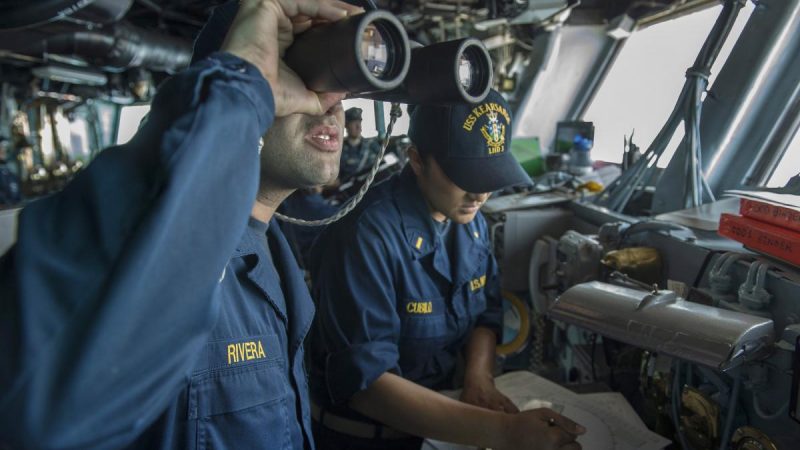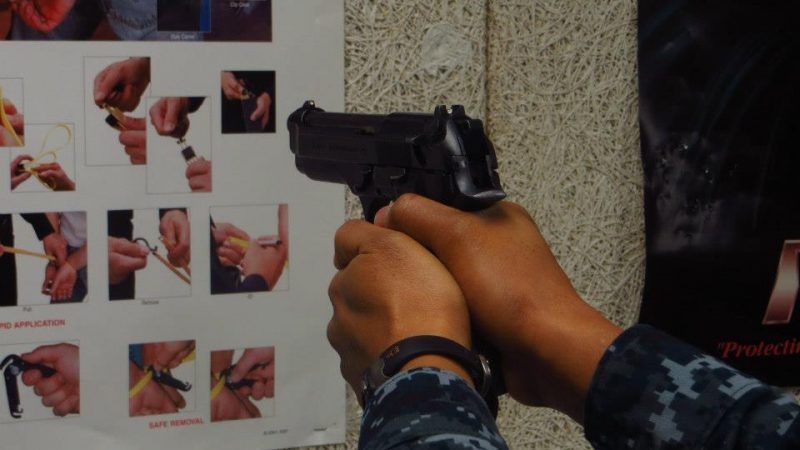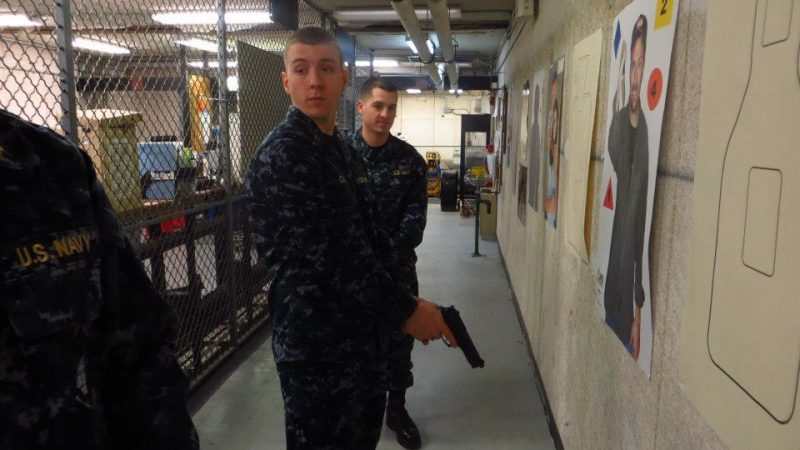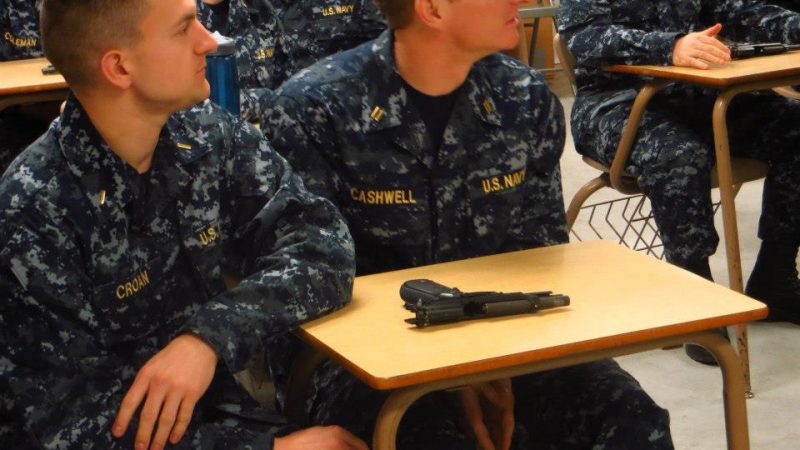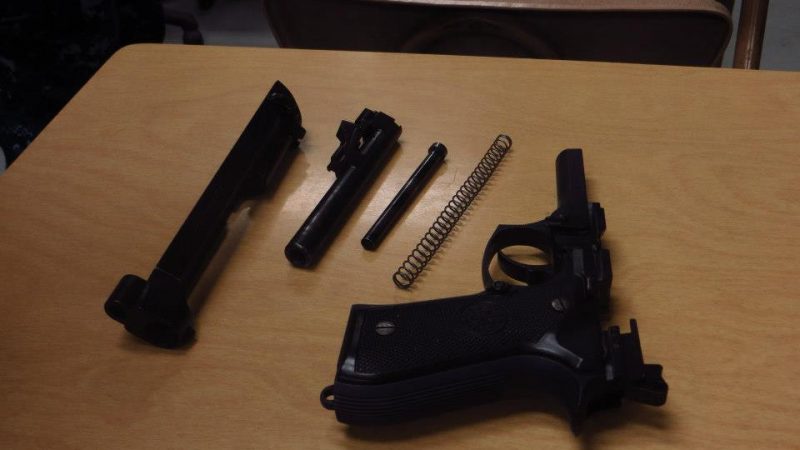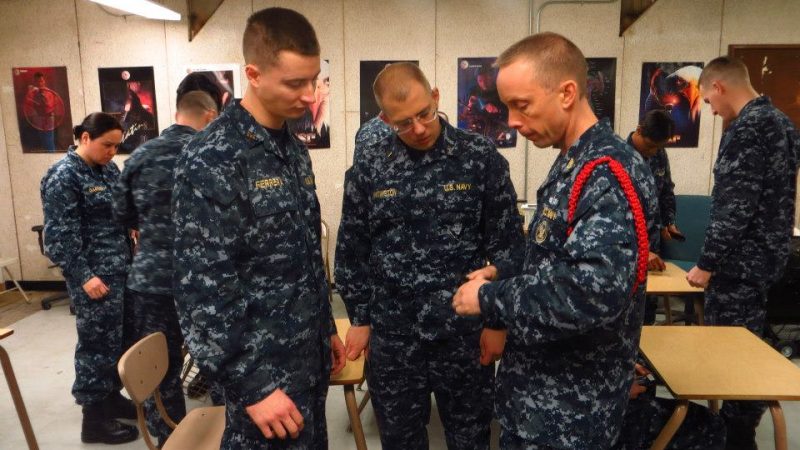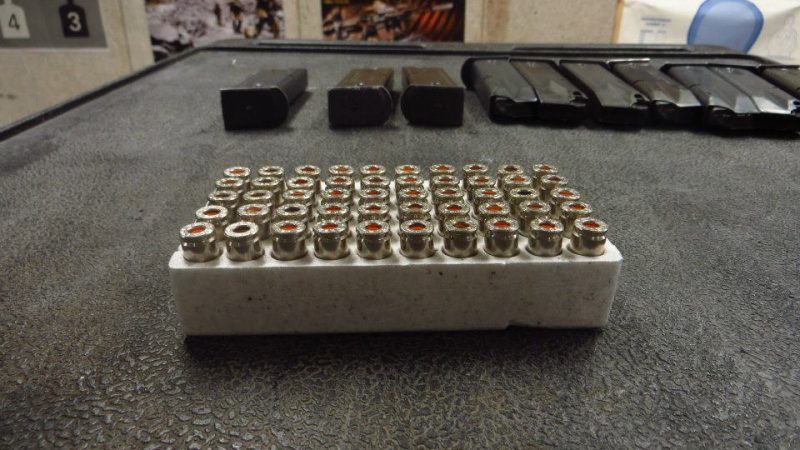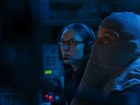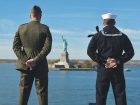Thus, RLP has concluded, but the story continues. To become a candidate officer, we still have a great deal to study and prove our mettle on. Right now, I need to commit all of things to memory and respond without hesitation. I need to recite the following: 11 general orders, the 6 articles of the code of conduct, the chain of command, ranks and insignia, sailor creeds, and the service songs of the navy and marine corp. We are expected to shout or yell the answer at all time. I will just sum up and highlight the activities and events that happened during this phrase.
The programs and experiences of different people will vary. With regards to the timetable, OCS may make changes based on factors such as the H-class, the number of applicants, and the weather. It’s possible that my weekday routine differs from the norm.
During this time period, you will still focus mostly on your studies. As your Drill Competition approaches in Week 7, drill will also take on greater significance. Drill will become your life’s blood. As a result, your Drill Instructor will be less strict with you. His goal is no longer “weeding” but rather teaching at this stage. Academics was not heavy at first, so I focused most of my time on drilling with others because I was not really confident with that.
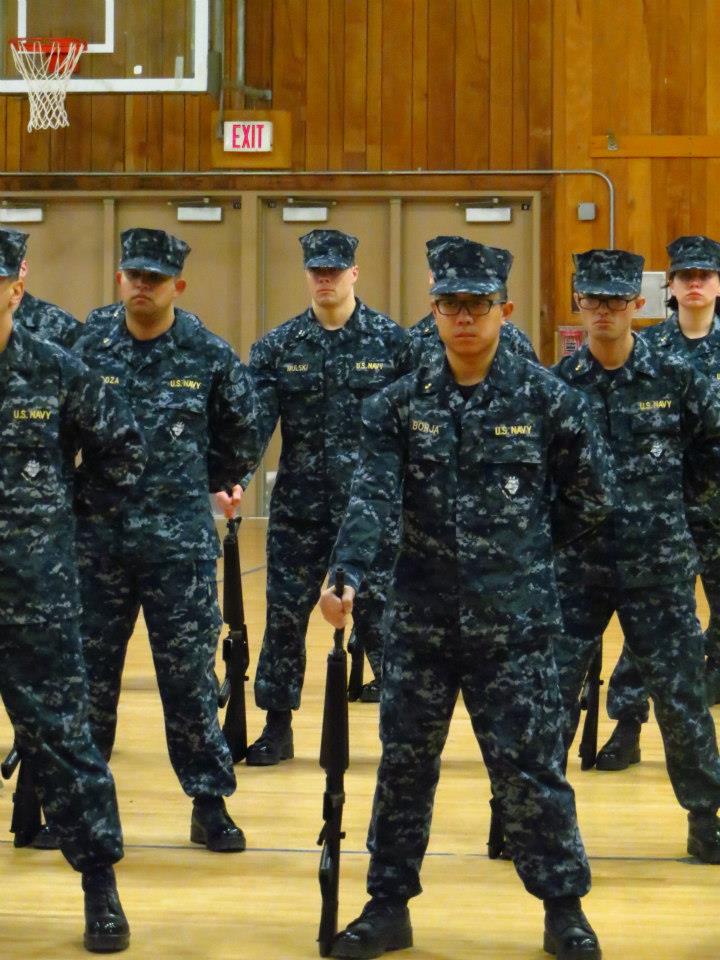

Seapower Class
If you hate history during college, you will not fond of this for sure. Though it will be interesting, at the end I was tested on the timeline and many numbers. But now when everything was over, I rehearse some of the knowledge from the book and from this class, and it’s very fascinating. Let me try to sum up the class for you in a paragraph.
Seapower is how a country’s military power can be used on the seas. In terms of a country’s ability to use the seas to beat rivals and competitors, it includes things like combat ships and weapons, support ships, commercial shipping, bases, and trained people. Even when they operate from a land base, aircraft that control seaborne transportation are a part of sea power. Aircraft that operate from carriers are an extension of sea power, even when they attack targets far inland. It has been the same since the very first World War and it will not change.
Naval Engineering and Weapons Class
I can tell you right off the bat that if you have an engineering background like mine, you are going to enjoy this course. In this course, you will be exposed to the whole gamut of naval systems and weaponry. It will include the communication system, radar, electro, magnetic and optics, sonar waves, all of the ballistic and destruction system either on the surface or underwater.
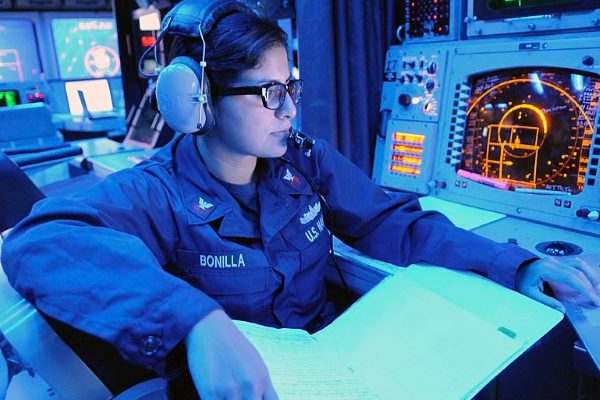
Firearms and Safety Class
It is extremely dangerous to fire an automatic weapon inside a ship. As a result, you won’t be given the opportunity to shoot an M16 rifle during OCS. Rather, you will use the M9 pistol and Mossberg 500 shotgun for your qualification.
The Navy is the only service that gives virtual practice with weapons before they are allowed to handle the real thing. To the contrary, you will be nearly proficient with a real weapon by the time you get around to using it. Very basic things that I learned, and up until this time I’ve never used any other firearms again to be honest.
Navigation Class
An in-depth tutorial on how to use maneuvering boards, plot courses, and keep track of contacts. The goal of this course is to teach students how to use a nautical map in real-world situations. Through the practice of measuring and calculating distances, timings, directions, and speeds, midshipmen are introduced to the format and associated plotting tools and procedures used in nautical charting. For me, one of the hardest. I did not even know all the terminologies and I struggled with everything that has nautical prefix.
Naval Operations and Seamanship Class
The concepts of relative motion, formation tactics, and ship employment will be further explored in this seminar. Topics covered range from the basics of naval operations and analysis to more advanced topics including ship handling, communications at sea, command and control, different types of naval warfare, and combined or joint operations. Case studies containing moral/ethical/leadership difficulties related to the aforementioned topics are also reviewed and discussed in the context of the course.
To explain in blank English, this course and the above navigation class taught us how to navigate and practically, using an MO board. Have you ever played battleship on paper where you plot your ships and your enemy’s ships in grids? This is exactly the same, except everything is moving with a velocity, an acceleration and sometimes with a delay. Those 2 classes are the hardest.
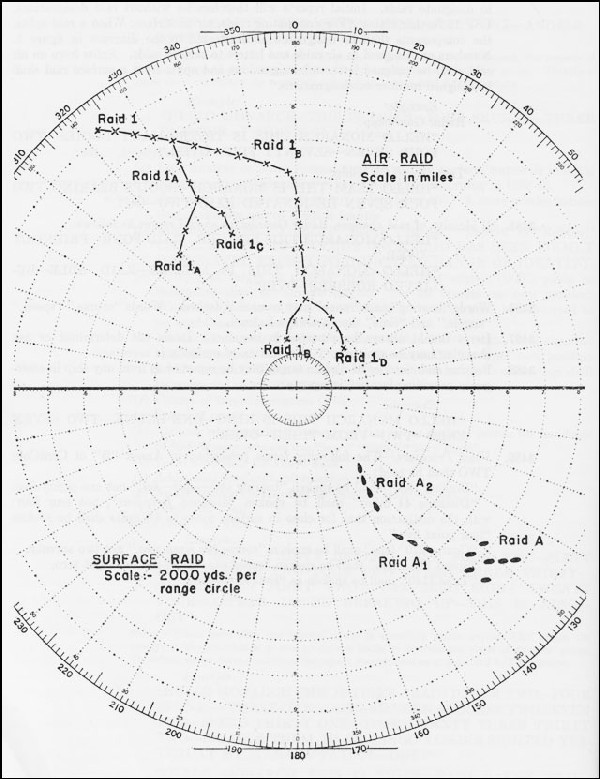
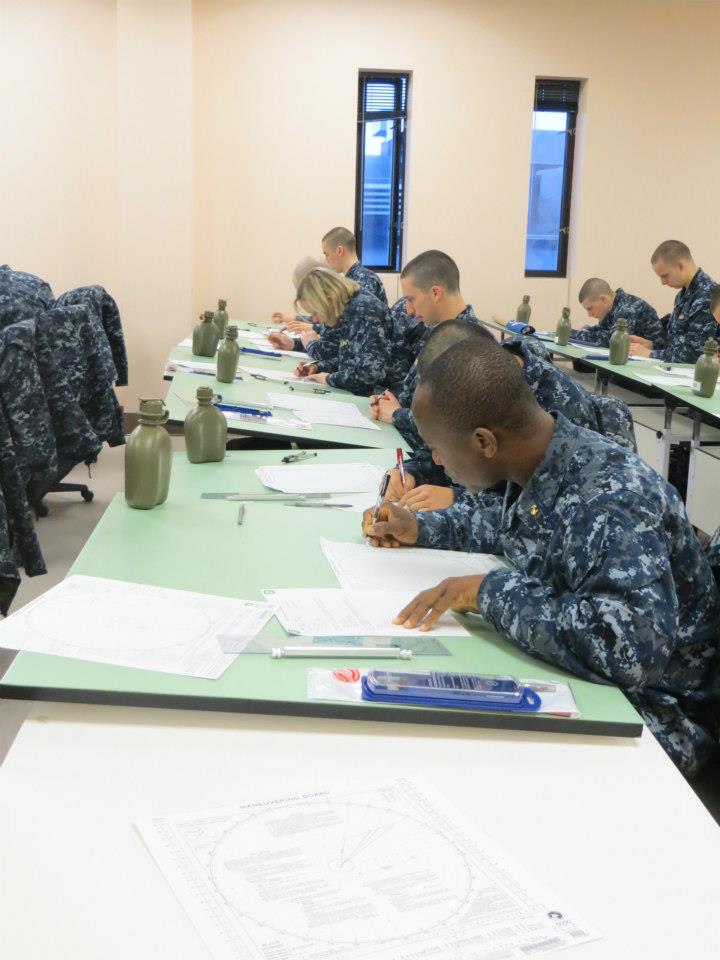
1. If you're new here, I suggest jumping right into Part 1 of my Navy OCS series.
2. I went to OCS back in the 2010s, so it's possible that a lot has changed since then. This information is being shared with you solely for your own education.
Photo credits: Navy OCS Page (Remember that we are not allowed to use phone/electronic devices during OCS so there was no way any candidate can take any picture during OCS)
